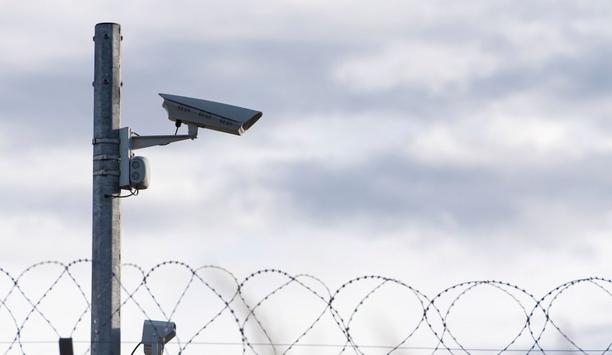 NICE Systems will be providing a live demonstration of its complete end-to-end IP video security solution, NiceVision Net, managed by the NiceVision ControlCenter application suite, at IFSEC 2007.
NICE Systems will be providing a live demonstration of its complete end-to-end IP video security solution, NiceVision Net, managed by the NiceVision ControlCenter application suite, at IFSEC 2007.
Launched earlier this year NiceVision Net is part of the NiceVision suite. It provides an enterprise-class, scalable and open IP system that includes edge devices, network video recorders (NVRs), video content analytics, extensive event management and control room visualisation.
NiceVision Net enables seamless integration with new and existing third party edge devices and security management applications (both analog and IP), and is available as software-only or as a complete, end-to-end turnkey solution.
The NiceVision ControlCenter is a scalable solution for seamless control room management across large multi-user and multi-site environments. It comprises new capabilities for real-time event management, enhanced investigation tools and a network-based fully functional Virtual Video Matrix (VMX). It enables users to manage hybrid technology architectures with a smooth migration path to a full IP architecture.
"Routing CCTV images to any screen at any location is hugely expensive using an analog matrix, but it is increasingly required," explains Product Marketing Manager, NiceVision, NICE Systems EMEA, Tim Giles.
"Using the VMX software, included in NiceVision Net as standard, video images can be pushed quickly around the IP network. Another major benefit of the VMX is the ability to scale up surveillance operations, adding more cameras and monitors to the network, without the need to allocate more budget for blades and racking associated with an analog matrix, therefore significantly reducing the total cost of ownership of the surveillance system."
Giles adds: "In addition the burden of training costs are avoided as the system can be driven via a PC, or the CCTV keyboard for familiarity of the user interface."
Specifiers, installers and end users of NiceVision Net will benefit from high standards of reliability through its patent pending 'zero-point of failure' technology delivering N+1 encoder redundancy with automatic fail-over.
















